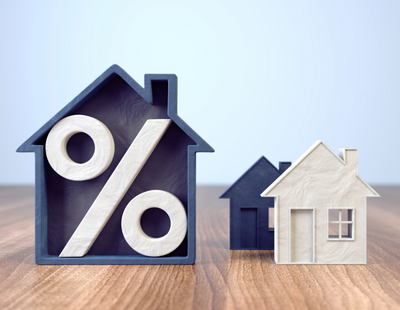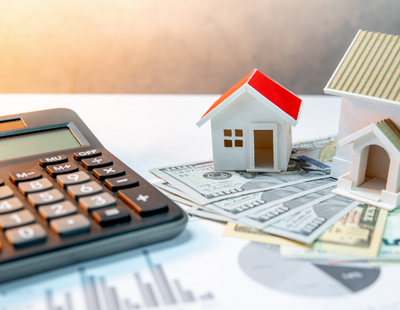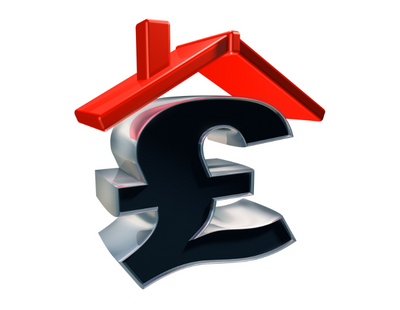A 1.0 per cent interest rate rise would add £930 a year to the cost of servicing the average mortgage, according to new analysis from estate agency Savills.
Four in 10 borrowers on variable rate mortgages would be first to feel the pain. Their annual mortgage bill would rise overnight by £4.3 billion, while the 59 per cent on fixed rate deals would be impacted later, as fixed terms expire.
Buy to let landlords would pay an additional £2.4 billion, with other home owners paying £7.8 billion, or 76.5 per cent of the total increase.
“This would bring an end to the historically low mortgage costs that have boosted housing affordability and limit the buying power of those needing a mortgage, and underscores our forecasts for more subdued house price growth over the next five years” says Lucian Cook, head of residential research at Savills.
“We’d expect first time buyers in London, whose mortgage costs relative to earnings are already more stretched than for any other group, to be most affected.”
The agency says that a decade on from the credit crunch, the shape of mortgage borrowing is very different with capital repayments now much higher and interest rates much lower for now.
Outstanding mortgage debt currently stands at around £1,367 billion and the annual mortgage bill at around £84.7 billion.
Over eight in 10 mortgages are now repayment mortgages. This, combined with low mortgage interest rates - averaging 2.58 per cent - means that regular capital repayments account for 58 per cent of total mortgage costs at around £50 billion, with interest payments around £35 billion.
Back in 2007, total borrowing was 15 per cent lower than current levels, at £1,156 billion, but the annual mortgage bill was 18 per cent higher, at £100 billion. However, with a prevailing mortgage rate of 6.1 per cent, and much lower levels of repayment mortgages (54 per cent), interest payments were double current levels, at almost £72 billion. Capital repayments were 43 per cent lower.
Mortgaged buy to let landlord numbers have risen by 867,000 over the past decade while other mortgaged ownership – primarily owner occupiers – numbers are down by around 1.42 million.
Indeed, Savills says, mortgaged buy to let landlords holding interest only mortgages have been the main beneficiaries of post credit crunch mortgage trends. The average buy to let mortgage interest payment has fallen by over £4,000 a year, down from £7,301 in Q4 2007 to £3,239.
By contrast, while other mortgagees also saw interest payments fall from £6,118 to £3,201, these savings have been offset by higher capital repayments, meaning the overall average annual mortgage costs stood at £8,641 by Q4 2017, down just £181 on the 2007 figure.
According to Savills analysis, the average home mover with a household income of £47,000 would be paying annual mortgage interest of £4,844 on a mortgage of £156,245, an increase of £1,511. Factoring in capital repayments would take total mortgage costs to £9,073, an increase of £945 per annum.
“A 100 basis point rise would bring the combined cost of interest and capital mortgage payments back into line with the 30 year average, at around a fifth of average incomes. Applying the 300 basis point stress test now applied to all new lending would take that ratio above levels seen in 2007, and close to the historical peak seen in the second quarter of 1990.
“Expectations of rising interest rates are reflected in our subdued house price forecasts over the next five years,” says Cook. “This analysis points to the difficult juggling act the MPC must play.”
Savills forecasts that average UK house price growth will stand at just 14 per cent in total over the next five years and seven per cent in London.














.png)


.png)



Join the conversation
Be the first to comment (please use the comment box below)
Please login to comment